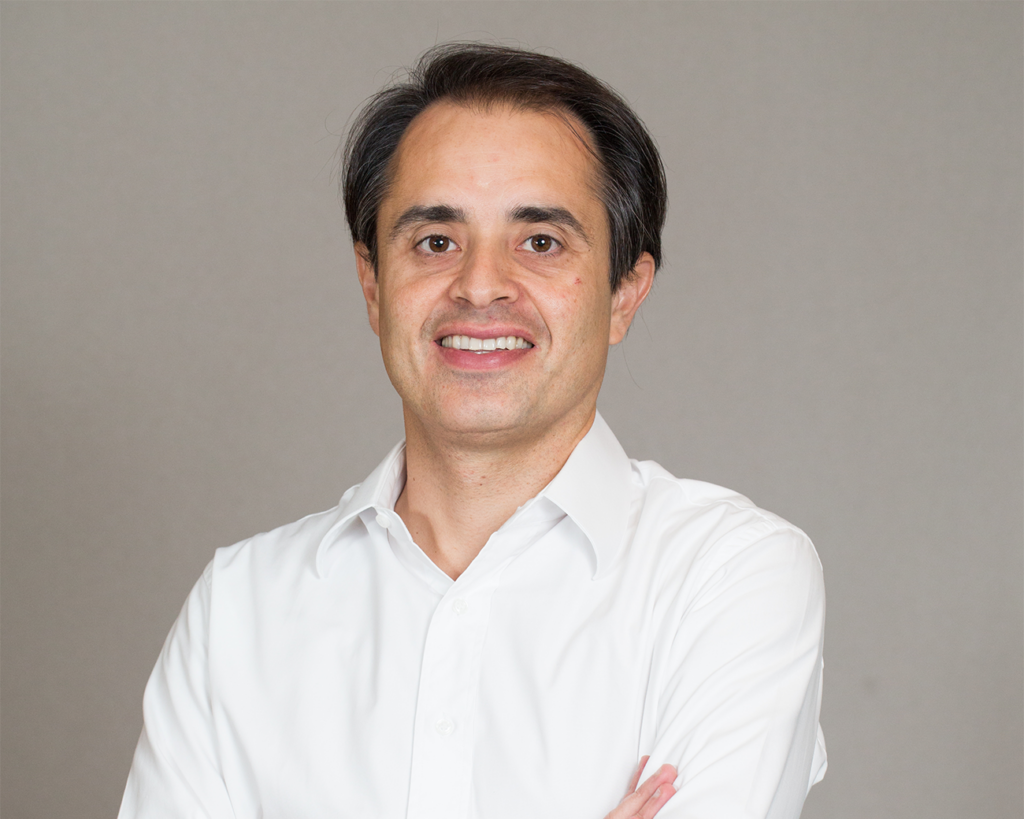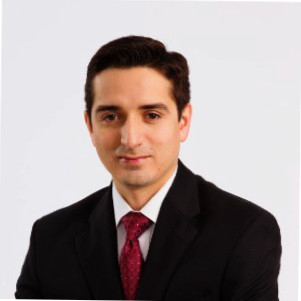LP Profiles, Member Profiles
An Interview with Søren Thinggaard Hansen of Industriens Pension
19 September 2013

LAVCA spoke with Søren Thinggaard Hansen, Head of Private Equity at Industriens Pension in Denmark, on the evolution of their private equity allocations and an increasing interest in emerging markets.
LAVCA: Please give some background on Industriens Pension. What is your exposure in terms of geography, sector, and stage?
Hansen: Industriens Pension (IP) is a Danish labor market pension savings scheme. The plan was established in December 1992 and covers predominately blue-collar workers within industry, as well as the trades. The plan today has a total AUM of US$19b. 7.5% is currently invested in Private Equity, 4.0% in Infrastructure and 2.3% in Real Estate. The strategy for Private Equity and Infrastructure remains unchanged with targets to deploy on average US$300m in each of the two asset classes per annum. Real Estate has been on hold for a few years, but will re-start in 2014, with a target to deploy about US$100m per annum predominately in the US and Europe. The programs focus only on direct equity managers (no fund of funds, secondary funds, co-investment funds or debt-focused managers). For Private Equity, the geographical target is 45% for North America, 35% for Europe and 20% for Emerging Markets. In terms of stage, 20% is reserved for venture and 80% for non-venture (Growth, Buyouts, Turnarounds, etc.)
LAVCA: Industriens Pension’s total assets grew by over 20% in 2012. To what do you attribute this growth?
Hansen: 2012 was a good year for IP. Investment returns were 12.9% with positive returns in all of the major asset classes. Private Equity could not quite keep up with the buoyed equity markets and booked a return of 9.6%. Since starting, we have delivered an annual return of 8.9% and have not had a single year with negative returns since 2003. This makes our fund among the most stable and best performing pension funds in Denmark. The second reason for the growth was due to an increase in contributions. In 2012 contributions exceeded US$1.3b. As we are a closed, private and compulsory pension scheme, only the workers covered through their collective agreement are able to contribute. The payments are mostly from the fixed percentage defined in the collective agreement, but the workers do have the ability to make a small supplementary contribution. Only employees moving to and from industries and companies covered by us have the ability to choose whether to engage IP, making it difficult for us to gain a larger market share.
LAVCA: How does Industriens Pension’s portfolio look today? How does that compare to allocations historically and how do you expect it to shift over the next 3-5 years?
Hansen: The Private Equity program started in 2000 and the first four years were based predominately on global fund of funds and local managers within both venture and buyouts. That first slice of the program is today about 10% of the original commitments, but less than 5% of the exposure.
From 2004 the program was targeting a mix of American and European managers, only venture funds and smaller European managers at that stage were still covered by fund of funds. In 2006, separate global programs were started for both Real Estate and Infrastructure. The decision was simultaneously taken to in-source the remaining areas on Private Equity and to include Emerging Markets in the mix. Given that development, the portfolio’s exposure today is about 50% in Europe, 40% in the US and 10% in Emerging Markets. Over time we expect the older generations to tail off and the program to be allocated as described in the targets. We do not expect to make bigger adjustments to the targets, but it really depends on the progress of the long term prospects for the different regions – not annual hiccups.
LAVCA: Nearly 7% of your portfolio is allocated to private equity. How much of that is dedicated to Emerging Markets and Latin America specifically?
Hansen: With a target of 20% to be invested in Emerging Markets, we do not currently have fixed percentages for the underlying regions, but we are trying to concentrate our managers in India, China, and Latin America. India and China are very different stories and not relevant to combine into one fund, furthermore the size of the economies are large enough for us to justify several dedicated managers in each location. In Latin America we are more flexible in terms of combining several countries into one fund – we are targeting a combination of country specific and regional funds. I believe between 20-40% of the allocation for Emerging Markets will end up in Latin America – it really depends on the opportunities that are presented.
LAVCA: What markets do you find attractive in Latin America and why?
Hansen: Difficult to say as it tends to be dynamic. Not surprisingly, we generally expect the majority of the underlying investments to be made in Brazil, Mexico, Colombia, Chile, and Peru, hence the managers will typically be focused on one or several of those regions.
LAVCA: What is your typical commitment size?
Hansen: For Private Equity we generally commit US$20-30m per fund – we have increased the ticket size slightly, as we have felt more comfortable about the different regions. It used to only be US$15m per fund. For Infrastructure, we commit typically US$50-100m per fund with a combination of primary commitment and co-investments.
LAVCA: What are your views regarding exposure to smaller markets (global funds versus regional or country-specific funds)?
Hansen: We have very little appetite for global funds or within emerging markets multiregional funds, as we find the returns to be too low and too closely correlated with listed markets. Global companies are usually quite large, well run and global in their sales, we are much more interested in the smaller local managers or pan-regional players, where the target companies have a long way to go to become leaders in the global market. The more potential, the more return. For us the strength of the private and concentrated ownership lies in the ability to bring value to the company, not in manipulating financials. The biggest challenges obviously lie in being able to attract and retain sufficient talent to bring value to companies in the lower end of the market. Furthermore, we prefer that managers stay focused on the smaller opportunities presented by local companies.
LAVCA: What are the most important factors you consider/characteristics you look for when selecting fund managers?
Hansen: Past experience of the team – it would be highly unlikely we would back a team with no prior experience in managing. Preferably one or more funds together as a team. Substantial “skin in the game” – a sizeable GP commitment and good alignment of interests is essential. Furthermore, the fund must have a good level of reporting, as well as attractive terms and conditions. We generally refer to the ILPA Principles, the standards for reports, calls and distributions.
LAVCA: What advice would you give to managers looking to work with Industriens Pension?
Hansen: IP operates an open door policy. We always welcome managers unless it is clear that the strategy is not covered by our program. We can learn from both good and bad experiences and are often surprised with the development of a manager over time. While we obviously know that the focus of these interactions is to get the current fund raised, we see each meeting as an opportunity to build a long term relationship. With an average of more than 1,000 funds closed per year, IP typically only pursues between 10 and 15 commitments, which is quite a small percentage in the overall scheme of things. .
When fundraising, you will be exposed to different cultures and customs in each meeting. Be mindful not to overanalyze IP’s (or other LP’s) behavior during the exchange. For instance, in Denmark we are polite and direct, but we generally don´t decline a fund on the spot. Also, keep the odds in mind (we only pursue a limited amount of commitments a year) and don´t call or write the same week to request feedback or action on next steps. If we find room and interest we will definitely let you know how to proceed.
You may be interested in...
-

Luciana Antonini Ribeiro, eB Capital
Executive: Luciana Antonini Ribeiro, Co-Founder and CIO Member Name: eB Capital Year...
-

Cristiano Gioia Lauretti, Kinea Private Equity
Member: Kinea Executive: Cristiano Gioia Lauretti, Head of Private Equity HQ: São...
-

Maria Pia Iannariello, MGM Innova Capital
LAVCA recently spoke with Maria Pia Iannariello, Co-Founder & COO of MGM Innova Capital,...
-

Rafael Ramirez, Portfolio Manager, Alaska Permanent Fund Corporation
LAVCA recently spoke with Rafael Ramirez, Portfolio Manager– Private Equity &...
